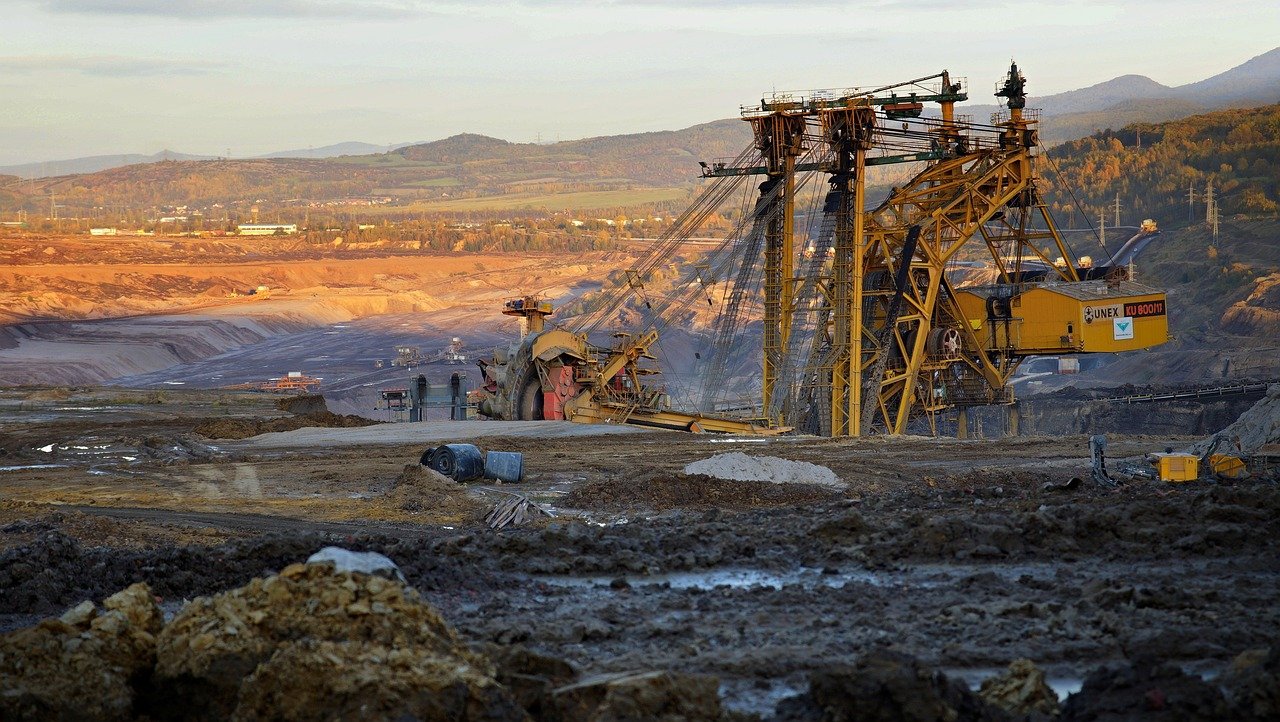Robotics in Australian Mining: Efficiency Meets Safety

Australia's mining industry, long known for its scale and global reach, is undergoing a quiet technological revolution. Robotics and automation are now central to how mining companies extract, transport, and process minerals — boosting efficiency while making some of the world's most dangerous jobs safer.
Why Robotics? Why Now?
As global demand for critical minerals like lithium, nickel, and rare earths skyrockets, Australian mining firms are under pressure to increase output while managing costs and addressing environmental and workforce challenges. Robotics offers a compelling solution.
“Automation is no longer experimental — it’s essential,” says Dr. Emily Carver, Director of Mining Technology at the University of Western Australia. “We're seeing robots go where humans can't or shouldn’t, from deep underground shafts to scorching open-pit mines.”
Australia, home to some of the largest mining companies on earth — including Rio Tinto, BHP, and Fortescue — is also emerging as a global leader in mining robotics innovation.
Autonomous Haulage: The Flagship of Mining Automation
One of the most visible examples of mining robotics is autonomous haul trucks. These massive, driverless vehicles navigate complex mine sites using GPS, radar, and AI-powered obstacle detection.
- Rio Tinto operates over 350 autonomous trucks in the Pilbara region.
- Fortescue’s autonomous fleet has moved more than 2 billion tonnes of material since 2012.
- BHP’s South Flank mine in WA runs round-the-clock with fully automated equipment.
“Each driverless truck removes the need for multiple human shifts, reduces downtime, and improves fuel efficiency,” explains Trevor Lin, Automation Lead at Fortescue. “But the biggest gain is in safety. No driver means no risk from fatigue or accidents.”
Drilling, Blasting, and Exploration — Now Automated
Robots are also revolutionising the drilling and blasting stages. Companies like Epiroc and Sandvik provide remote-controlled and automated drill rigs capable of operating with minimal human supervision.
In South Australia, OZ Minerals is piloting a robotic core sampler that can perform geological assessments with high accuracy in difficult terrains. The use of AI-driven drones for aerial surveys and subsurface mapping has also reduced exploration costs significantly.
“Machine learning helps us interpret terrain data faster than ever before,” says geologist Rachel Muir. “We’re finding deposits in weeks that used to take months.”
Underground Robotics: Into the Depths
Underground mining is notoriously hazardous, with risks from cave-ins, gas leaks, and machinery accidents. Enter robots like Boston Dynamics’ Spot — a four-legged robot now being tested in Queensland's coal mines for inspection and remote sensing.
These robots can:
- Map tunnels with LiDAR sensors
- Detect temperature or gas anomalies
- Send real-time data back to surface teams
By taking humans out of high-risk environments, robotic systems significantly reduce injuries and fatalities — a key goal of Australia's Mines Safety and Inspection Strategy 2025.
AI, Data, and Predictive Maintenance
Robotics in mining doesn't just mean machines doing physical tasks — it's also about data and intelligence. AI platforms monitor thousands of equipment metrics to predict failures before they happen.
BHP’s maintenance AI system has reportedly saved over $120 million annually by reducing unplanned downtime. Predictive analytics also optimise routes, fuel usage, and drill patterns, making entire sites more efficient.
“The mines of the future are smart, connected ecosystems,” says Professor Alex Wong of Curtin University's Robotics Lab. “Robots and AI are not replacing humans — they’re transforming how we work.”
Challenges on the Path to Automation
The transition isn't without hurdles. High upfront costs, technical integration, cyber-security risks, and workforce transition issues remain significant challenges.
Many rural communities depend on mining jobs, and the shift to automation has raised concerns about job losses. In response, companies are investing in upskilling and retraining programs, such as BHP’s FutureFit Academy, which trains workers to manage and maintain automated systems.
Government grants and research partnerships are also helping small and mid-tier mining firms adopt automation in cost-effective ways.
Environmental Gains and Emissions Cuts
Automation often goes hand-in-hand with electrification. Battery-electric vehicles (BEVs), robotic drill rigs, and autonomous conveyors reduce carbon emissions and improve sustainability.
Fortescue’s Green Fleet initiative, for example, aims to replace all diesel trucks with electric or hydrogen-powered versions by 2030 — a bold step toward net-zero operations.
Global Leadership and Export Potential
Australia isn’t just adopting mining robotics — it’s exporting it. Perth and Brisbane are now global hubs for mining automation R&D, attracting international investment and partnerships with countries like Canada, Chile, and India.
“We have the geology, the industry scale, and the innovation culture,” says Linda Capello, CEO of Austmine. “Mining robotics could be one of Australia’s biggest tech exports this decade.”
The Human-Robot Future of Mining
As robotics and AI continue to reshape Australia’s mining sector, the workforce of the future will look very different. Engineers, drone pilots, data scientists, and automation specialists are already in high demand.
But the goal isn’t to remove people — it's to remove them from harm. In this new model, safety and productivity are not trade-offs, but partners.
“The robot revolution in mining is not about eliminating jobs. It's about eliminating danger,” says Dr. Emily Carver.
Looking Ahead
With autonomous haul trucks now a common sight and robot dogs walking underground tunnels, the future of mining in Australia is already here — and it’s built on precision, safety, and sustainability.
As the world looks to Australia not only for its mineral wealth but also for its mining innovations, robotics will remain at the core of the next industrial evolution.